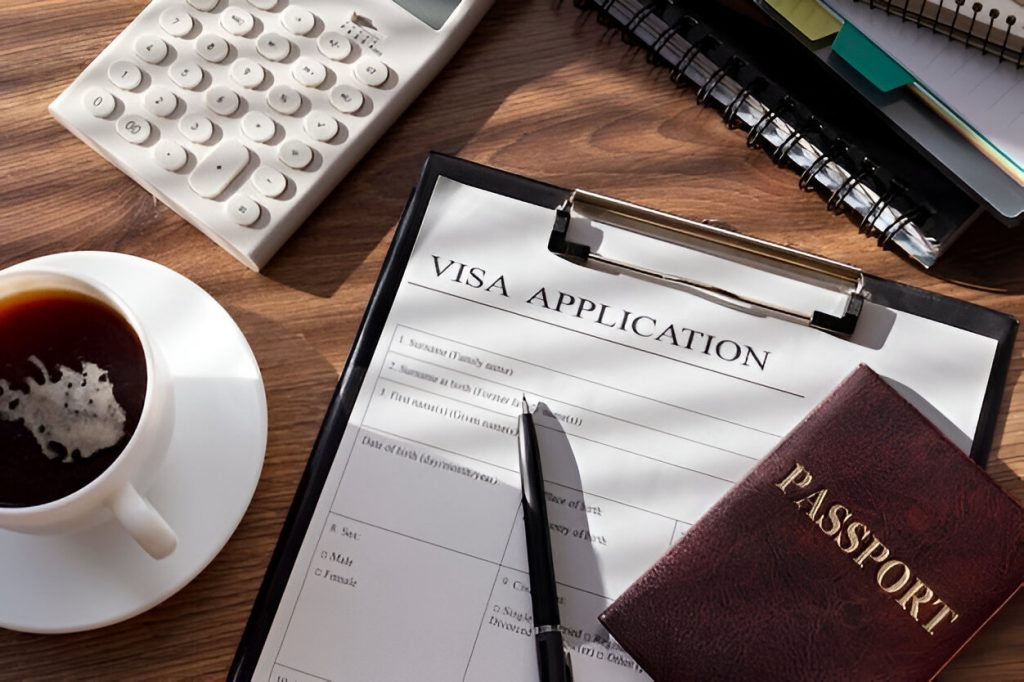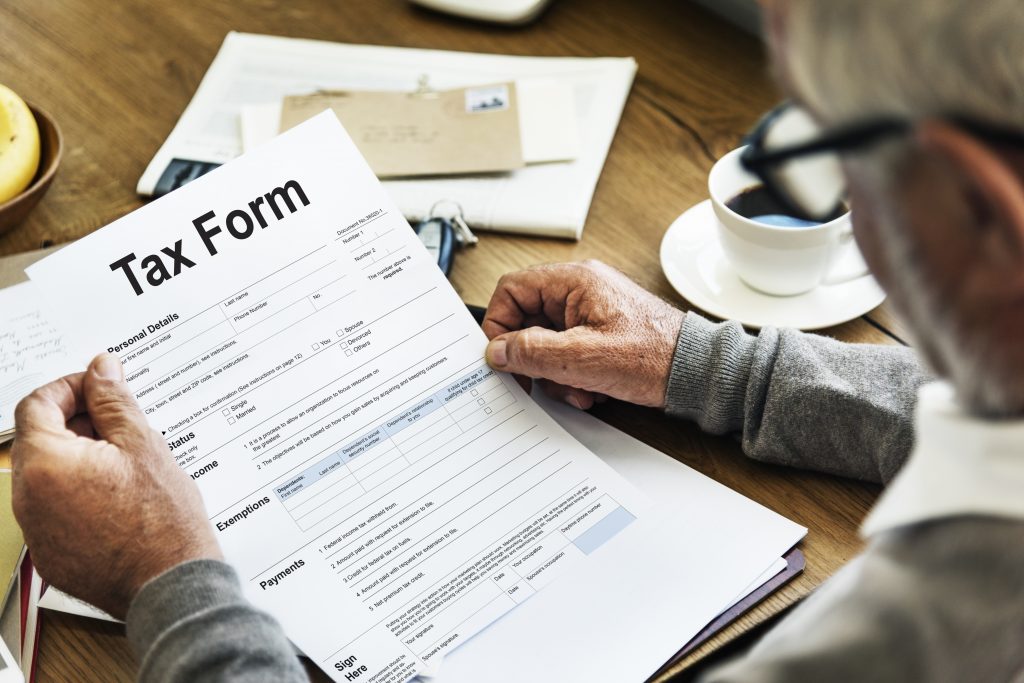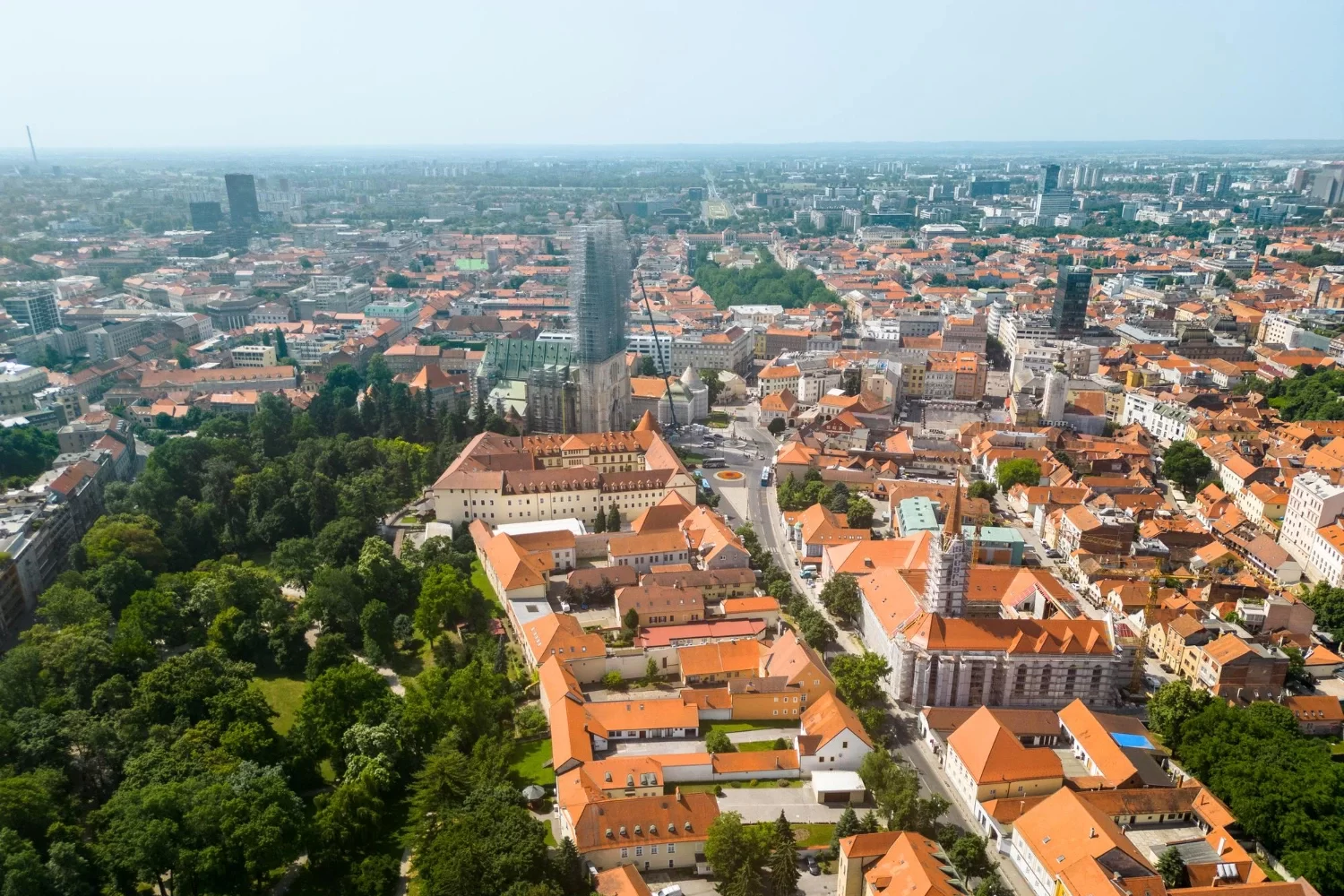How to apply for Croatia digital nomad visa tips
- Start early, apostilles and Croatian translations may take longer than expected.
- Choose the most convenient submission route: online, embassy/consulate, or local MUP.
- Prepare consistent paperwork,clear income proof + remote-work documents help avoid slowdowns.
- Expect follow-up requests; responding quickly helps keep processing within the 6–10-week window.
- Seeking support can help you save costs, avoid common mistakes that lead to delays or rejection.
Now that you understand what the Croatia Digital Nomad Visa offers and confirm you meet the requirements, the next step is preparing your application. For many applicants, this stage can feel overwhelming, there’s a lot of information online, requirements are scattered, and the process is not always intuitive. It’s common to worry about missing documents, unclear timelines, or accidentally making a mistake that leads to rejection.
That’s why I’ve put together this structured “How to apply for Croatia digital nomad visa” guide to help you apply with confidence. I’ll walk you through the documents you need, where to apply, what to expect, and how to avoid delays

Croatia Digital Nomad Visa: Where to Apply
You can begin the digital nomad residence Croatia application from almost anywhere. You have three formal pathways:
- Online: Submit via the official Croatian e-Visa portal, the most convenient option for many applicants.
- Abroad: Apply at a Croatian embassy or consulate in your country of residence.
- Within Croatia: If you are already legally in Croatia (e.g., on a tourist stay), you may apply directly at your local MUP (police station).
No matter which route you choose, the standard processing time is approximately 6–10 weeks. Because document clarifications may be requested, I recommend applying well ahead of your target move-in date.
Step-by-Step Application Process

Step 1 Gather Your Documents
The first step in how to apply for croatia digital nomad visa is preparing a complete, consistent set of documents.You will need the following:
- Application Form (Obrazac 1a)
- Valid passport, with at least three months’ validity beyond your intended stay
- Proof of remote work, such as an employment contract with a foreign employer or registration documents for a non-Croatian business
- Proof of income, typically bank statements or payslips showing ~€3,295/month (or previous six months of income history)
- Clean criminal background check, often requiring apostille + translation
- Health insurance valid for your temporary stay in Croatia
- Proof of accommodation, e.g., a rental agreement, hotel booking, or property deed
- One passport photo (30×35 mm)
Pro Tip: While English documents are often accepted, providing official Croatian translations can significantly speed up approval at local authorities.
If document preparation feels stressful, we can guide you through each step of how to apply for croatia digital nomad visa with confidence.
Step 2 Submit & Wait
Once your documents are ready, submit your application through your chosen channel—online, consulate, or MUP.
The Ministry of Interior may contact you for clarifications or additional documents during the review period.
The official processing time is 6–10 weeks. This can vary based on application volume, completeness, and translation quality. If you are worried about unclear timelines or how to respond to MUP requests, we can guide you through each step.
Step 3 Approval & Residence Card
Upon approval, you’ll be granted temporary residence. You must then collect your biometric residence card (biometrijska dozvola boravka) from the issuing authority. This card confirms your legal right to live in Croatia for the duration of your permit.
Fees & Duration
| Item | Detail |
|---|---|
| Government fees | €100–€150 |
| Validity | Up to 12 months |
| Extension | +6 months (total 18 months) |
| Re-apply | Must leave Croatia for 6 months |
Croatia Digital Nomad Visa & Tax Rules (2025)

If you are considering a long-term stay, it’s worth reviewing the tax implications below. These considerations often arise when people research how to apply for croatia digital nomad visa, because the decision to apply is closely tied to tax residency and long-term financial planning.
Tax Exemption for Digital Nomads
If you obtain Croatia’s special temporary stay permit for digital nomads (a non-EU/EEA/Swiss nationals permit), you may be exempt from Croatian personal income tax on income earned from non-Croatian employers or clients. This exemption depends on meeting the permit conditions (for example working for non-Croatian entities and not for a Croatian employer).
Recent updates allow remote workers to stay longer under this permit: initial stay up to 18 months, with a one-time extension of another 18 months, meaning a total possible stay up to 36 months (3 years) under the updated rules.
Tax Residency Risk & Worldwide Income
Even with the digital-nomad permit, you must monitor your tax-residency status: Croatian law recognises tax residency when you stay more than 183 days in a calendar year or have a “centre of vital interests” in Croatia. If you become a tax resident, your worldwide income could become subject to Croatian personal income tax. Long-term applicants should consider this early in the how to apply for croatia digital nomad visa process, especially if they expect to remain in Croatia beyond 183 days.
Tax Rates (if resident or outside the nomad-permit regime)
Personal income tax for Croatian residents: lower bands approx ~15 %-22 % and higher bands up to ~33 %-35 % depending on the municipality/local decisions. Corporate tax: 10 % for companies with revenue up to approx €1 million; higher revenue companies face higher rates. Social contributions (for self-employed/residents) vary significantly by circumstance; the ~36.5 % figure is possible in some cases but should be verified for your individual situation.
“Lump-sum regime” for small-scale freelancers: this kind of simplified tax regime may exist, but it is not widely documented and should be verified with a local advisor.
If taxes seem intimidating or unclear, we can help you find the right structure and minimise unnecessary exposure.
Summary: How to apply for Croatia digital nomad visa 2025
| Aspect | Details |
|---|---|
| Type | Temporary residence permit |
| Eligibility | Non-EU/EEA citizens |
| Work Allowed | For foreign employer / own company abroad |
| Duration | Up to 18 months |
| Taxes | Exempt short stay; review for 3-year stays |
| Family | Allowed |
| Processing | 6–10 weeks |
| Fees | €100–€150 |
Case Study: Resolving an Application Stoppage
Before working with us, Martino tried to apply on his own. He was excited to relocate to Split but quickly became overwhelmed by conflicting information and unclear instructions. His application stalled because his proof of funds came from multiple accounts with different dates, making the documentation appear unreliable. Once our team reviewed everything, we corrected the issue, organised all supporting documents, handled the communication with authorities, and ensured nothing was missed.
“By the time it was done, it felt completely effortless for me.”
If you’re feeling overwhelmed by visa information, worried about missing documents, or unsure how long the process will take, you’re not alone. We can guide you through every step from preparing a complete file to managing timelines, helping you relocate with confidence.
Contact us for personalised support.
About Mandracchio Capital
At Mandracchio Capital, we help expats navigate Croatia’s residency and relocation system with clarity and dependable local guidance. Whether you’re applying for the Croatia digital nomad visa, planning to retire in Croatia, or simply exploring life as one of the growing expats in Croatia, we simplify requirements, prepare your documentation, and keep every step compliant – so you avoid delays and uncertainty and move forward with confidence in your new life in Croatia.
FAQ – How to apply for Croatia digital nomad visa 2025
1) I feel overwhelmed. What are the exact steps to apply?
Yes the process can feel confusing because requirements are spread across multiple sources.
In brief, you must: Gather documents, Apply, Wait for processing, and Pick up your residence card. The full step-by-step guide on this page explains each stage in detail.
2) What documents do I need to avoid rejection?
The most important items are listed in Step 1 Gather Your Documents. Incomplete or inconsistent financial documents are the most common reason for delay or rejection.
3) Where do I submit my Croatia Digital Nomad Visa application?
You can apply: Online (e-Visa portal), At a Croatian embassy / consulate or At a local MUP station if already in Croatia
4) How long does approval take?
Most applications take 6–10 weeks, but it’s normal for MUP to request further clarification. Providing complete and translated documents helps reduce delays.
5) What if MUP asks me for extra documents?
It’s normal. You must reply promptly and submit exactly what they ask for. If you’re unsure how to respond, we can help you avoid mistakes.
6) What are the most common mistakes applicants make?
The biggest issues are: Inconsistent proof of income, Missing apostille or translations, Unclear accommodation proof
Incorrect document formats, Slow responses to MUP. You can read our Case Study: Resolving an Application Stoppage.
7) Do I have to pay taxes in Croatia as a digital nomad?
Generally no – if you work only for non-Croatian clients/employers. However, if you stay over 183 days, you may trigger tax residency. See Croatia Digital Nomad Visa & Tax Rules (2025) for tax guidance.
8) Can my spouse or children join me?
Yes. See Bring Family Members for requirements and process.
9) Can I work for Croatian clients on this permit?
No. This clarification is included in the Eligibility & Work Conditions summary.
10) What happens when my permit expires?
You can extend one time (up to +18 months, total 36 months under updated rules).
11) Can someone help me prepare my application?
Yes, support options are outlined in the Contact section at the end of this guide.



